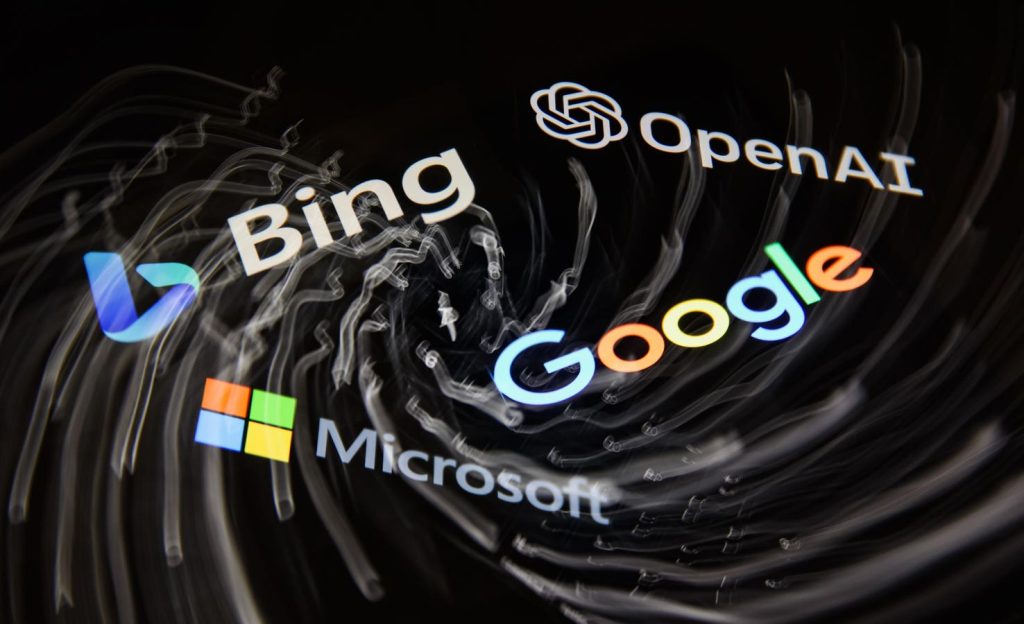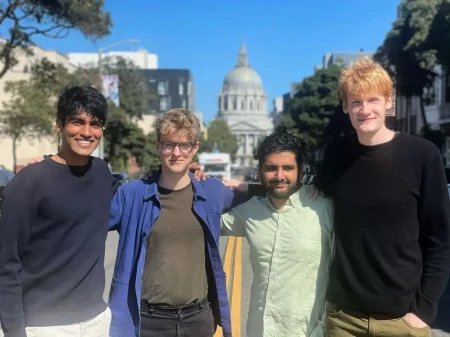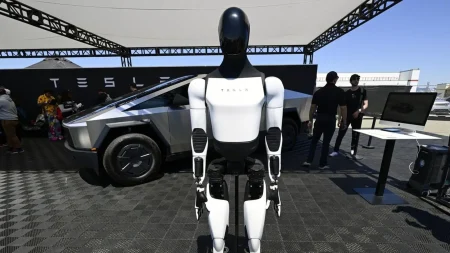Section 1: The Evolution of Search and the Rise of Large Language Models (LLMs)
By 2028, according to several studies, billions more people could discover the products and information they are already seeking through large language models like ChatGPT, Gemini, Claude, and Perplexity. This shift from traditional search engines to AI-driven products is transforming online consumption. In contrast to the rise of platforms like Facebook and Google, where information is passed through predictable channels, LLMs are redefining search as a role of personal human-like advice. For brands, this means a new phase of disruption, where product information is now being presented in a way that feels like human connections rather than technical keyword searches.
Section 2: The Shift in Shopping Needs and Consumer Behavior
The need for new types of search queries and consumer interactions is well demonstrated by a study with Cornell Master’s students. Respondent shoppers were categorized into three distinct groups: Inspired shoppers, who browse without immediate concrete goals; Research shoppers, who are eager to gather detailed product knowledge; and High-intent shoppers, ready to buy but seeking product-specific information. This distinction is crucial because it highlights the changing preferences for deep search and interaction.
Section 3: The Breakthrough of LLM-Driven Traffic
Large language models are excelling in their ability to convert users at a much higher rate than traditional search. For example, ChatGPT generates nearly 9x higher conversion rates than a keyword search. While LLMs don’t always produce clean keyword-based responses, their Answers often feel authentic and similar to human recommendations, making them feel like personalized and helpful content. This shift challenges the traditional SEO landscape, as consumers no longer need to prioritize relevant keywords but instead seek tailored assistance.
Section 4: The Domain-Wide Impact of LLMs
In a study using A/B testing, the conversion rates for LLM-driven traffic were found to be nearly 9x higher than keyword search. This 9x improvement signals that LLMs are becoming a dominant player in search volume and value. Semrush, an advanced search optimization tool, revealed significant patterns, including an average query length of 23 words, with sessions lasting over 6 minutes. Users now expect answers that feel personalized and human-like, aligning with the personal recommendations provided by AI models.
Section 5: Bringing Meaning to the AI Search Experience
When LLMs deliver intuitive conversations, the user experience becomes more compelling, resonating with the reader. For brands, this means adapting their strategies to focus on a new type of campaign design known as Answer Engine Optimization (AEO). AEO creates a layer of discovering for brands, similar to how traditional SEO targets keywords, but with the added benefit of personalizing product recommendations.
Section 6: The Future of AI and Its Impact on Brands
The journey of AI in search is evolving rapidly, with both competitive and convergent environments around LLMs shaping the future of marketing. By adapting to these shifts, brands can position themselves in a new era of personalization and interaction. This era is already unfolding, as brands must embrace new strategies to meet the demands of the AI-driven world. AEO is emerging as a key tool for brands aiming to captivate and engage consumers. As AEO and other AI-driven innovations evolve, the landscape will continue to shape the way digital products are discovered and consumed.
In conclusion, LLMs are poised to fundamentally change the way consumers and brands navigate the digital age. By leveraging the unique capabilities of these models, brands are now successfully adapting to a new era where they can craft campaigns that feel like human recommendations, creating a truly personalized and impactful experience.















